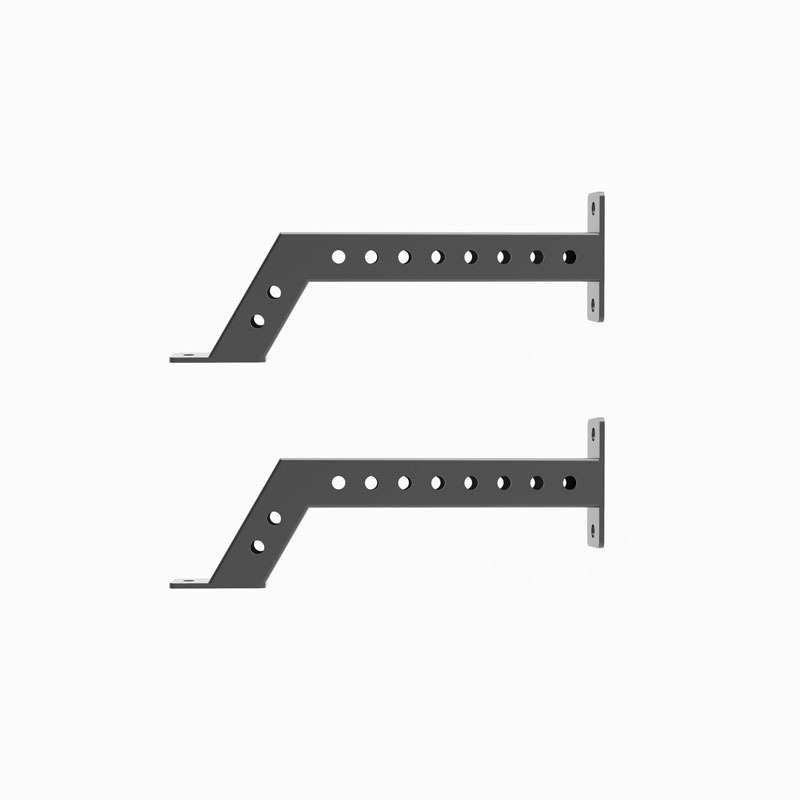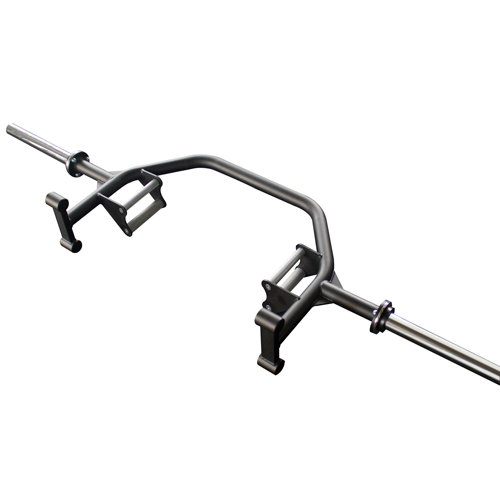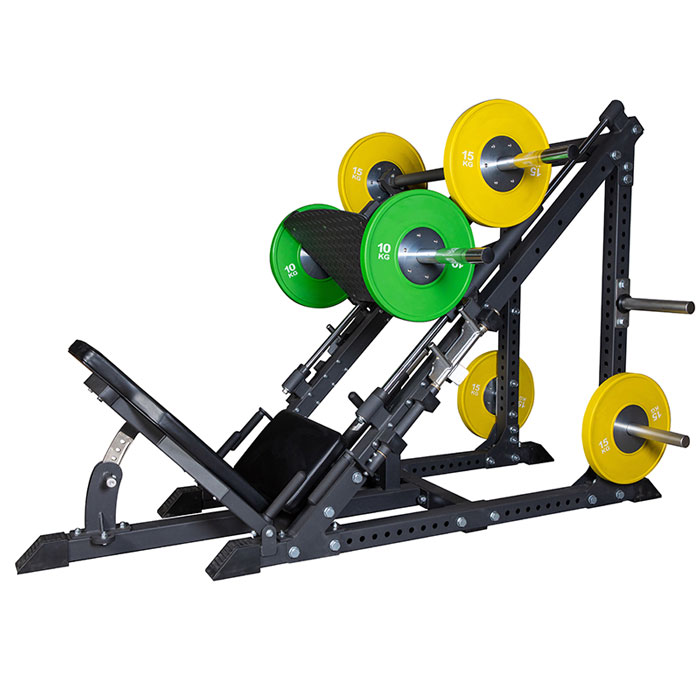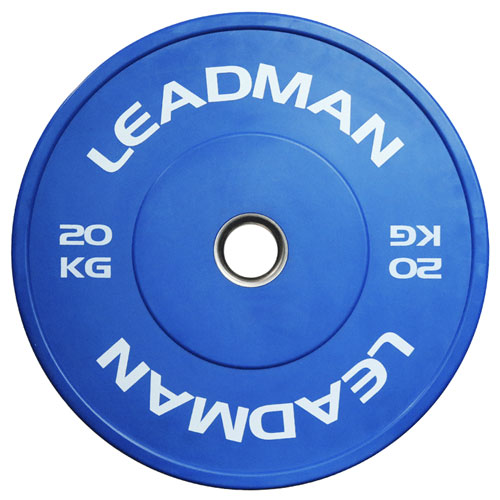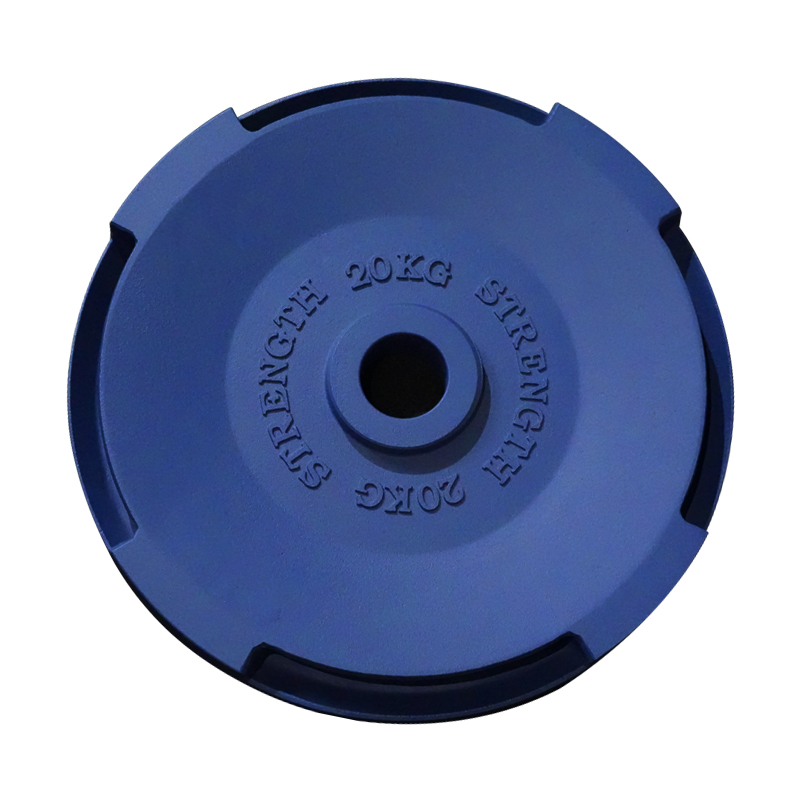The Best Strength Training Equipment for Beginners
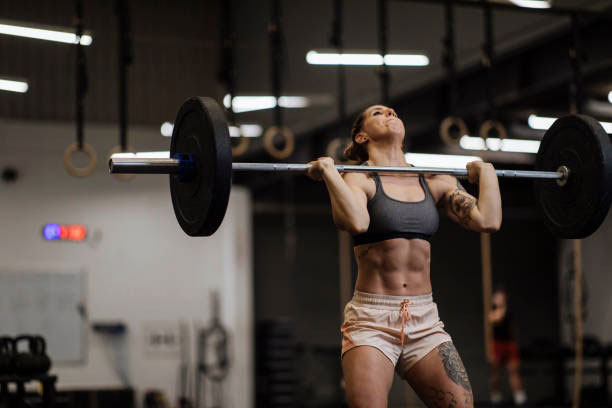
Embarking on a strength training journey as a beginner can be both exhilarating and daunting. To maximize your results and minimize the risk of injury, choosing the appropriate equipment is paramount. This comprehensive guide will delve into the types of strength training equipment available for beginners, providing you with the knowledge to make informed decisions and set yourself up for success.
Types of Strength Training Equipment
A. Dumbbells
Dumbbells, with their adjustable weight and versatility, are an excellent starting point for beginners. They offer a wide range of exercises, allowing you to target various muscle groups. The ability to adjust the weight enables you to progress gradually as you grow stronger.
B. Kettlebells
Kettlebells, characterized by their unique shape, are known for their effectiveness in compound exercises that engage multiple muscle groups simultaneously. Their swing motion provides a cardiovascular element to workouts, making them both strength-building and calorie-burning tools.
C. Resistance Bands
Resistance bands, affordable, portable, and versatile, provide varying levels of resistance through their elasticity. Their compact nature makes them ideal for home workouts and easy to integrate into travel routines. Resistance bands are particularly effective for exercises that require controlled movements and targeting specific muscle groups.
D. Barbells
Barbells introduce a structured form of weightlifting, enabling you to lift heavier weights for more advanced exercises. They facilitate compound movements like squats and deadlifts, which are foundational for overall strength development.
E. Weight Machines
Weight machines are designed to provide guided movements and target specific muscle groups. They offer stability and support, making them a suitable option for beginners who may be unfamiliar with proper form. Weight machines are particularly beneficial for isolating and strengthening individual muscles.
Selecting the Right Equipment
Choosing the best equipment for you hinges on several factors:
- Fitness goals: Define your objectives (e.g., strength, muscle mass, weight loss) to determine equipment that aligns with your aspirations.
- Experience level: Assess your current fitness level to select equipment that matches your abilities and avoids injury.
- Space limitations: Consider the available space in your home or workout area to determine the size and type of equipment that will fit.
- Budget: Establish a budget to guide your equipment selection while prioritizing quality over cost.
Dumbbell Exercises for Beginners
A. Goblet Squats
- Hold a dumbbell in front of your chest with both hands, elbows tucked in.
- Squat down, keeping your chest up and core engaged.
- Return to standing position, extending through your hips and knees.
B. Dumbbell Rows
- Hinge forward at your hips, holding a dumbbell in each hand.
- Row the dumbbells toward your ribcage, squeezing your shoulder blades together.
- Lower the dumbbells back down to the starting position.
C. Overhead Press
- Hold a dumbbell in each hand, palms facing forward.
- Press the dumbbells overhead, extending your arms fully.
- Slowly lower the dumbbells back to shoulder height.
D. Bicep Curls
- Stand with feet shoulder-width apart, holding a dumbbell in each hand.
- Curl the dumbbells up toward your shoulders, keeping your elbows close to your body.
- Lower the dumbbells back down to the starting position.
Kettlebell Exercises for Beginners
A. Kettlebell Swings
- Stand with feet shoulder-width apart, holding a kettlebell with both hands.
- Hinge forward at your hips, keeping your back straight.
- Swing the kettlebell back between your legs, then explosively forward to shoulder height.
- Return the kettlebell to the starting position.
B. Turkish Get-ups
- Lie on your back with a kettlebell in one hand.
- Roll onto your elbow, then onto your hand.
- Stand up, keeping the kettlebell overhead.
- Reverse the movement to return to the starting position.
C. Farmer's Carry
- Hold a kettlebell in each hand, palms facing your body.
- Walk forward for a specified distance, maintaining an upright posture.
D. Overhead Halo
- Hold a kettlebell with both hands, overhead.
- Rotate the kettlebell around your head, keeping your arms extended.
Resistance Band Exercises for Beginners
A. Banded Squats
- Stand on a resistance band, feet shoulder-width apart.
- Hold the handles of the band in front of your chest.
- Squat down, keeping your chest up and core engaged.
- Return to standing position, extending through your hips and knees.
B. Band Pull-Aparts
- Stand with feet shoulder-width apart, holding the handles of a resistance band in each hand.
- Pull the bands apart until your arms are in a "T" position.
- Slowly lower the bands back to the starting position.
C. Band Rows
- Anchor a resistance band at shoulder height.
- Hold the handles with an overhand grip, standing facing the anchor point.
- Row the handles toward your chest, squeezing your shoulder blades together.
- Lower the handles back to the starting position.
D. Band Lateral Raises
- Stand with feet shoulder-width apart, holding the handles of a resistance band in each hand.
- Raise your arms laterally until they are parallel to the floor.
- Slowly lower your arms back to the starting position.
Barbell Exercises for Beginners
A. Goblet Squats
- Hold a barbell in front of your chest with both hands, elbows tucked in.
- Squat down, keeping your chest up and core engaged.
- Return to standing position, extending through your hips and knees.
B. Barbell Rows
- Hinge forward at your hips, holding a barbell in each hand.
- Row the barbell toward your ribcage, squeezing your shoulder blades together.
- Lower the barbell back down to the starting position.
C. Bench Press
- Lie on a bench with a barbell resting on your chest.
- Grip the barbell slightly wider than shoulder-width apart.
- Press the barbell overhead until your arms are fully extended.
- Slowly lower the barbell back to your chest.
D. Deadlifts (Modified)
- Stand with feet shoulder-width apart, holding a barbell in front of your legs.
- Hinge forward at your hips, keeping your back straight.
- Lower the barbell towards your shins, then lift it back up to the starting position.
Weight Machine Exercises for Beginners
A. Leg Press
- Sit on a leg press machine with your feet on the platform.
- Push the platform away from you, extending through your legs.
- Slowly lower the platform back to the starting position.
B. Chest Press
- Sit at a chest press machine with your hands on the handles.
- Press the handles inward, extending your arms fully.
- Slowly lower the handles back to the starting position.
C. Lat Pulldown
- Sit at a lat pulldown machine with your hands on the bar.
- Pull the bar down towards your chest, squeezing your shoulder blades together.
- Slowly raise the bar back to the starting position.
D. Bicep Curl Machine
- Sit at a bicep curl machine with your hands on the handles.
- Curl the handles up towards your shoulders, keeping your elbows close to your body.
- Slowly lower the handles back to the starting position.
Considerations for Beginners
- Start with light weights: Begin with weights that challenge you slightly without compromising form.
- Focus on proper form: Prioritize correct technique to maximize effectiveness and minimize injury risk.
- Rest adequately: Allow your muscles time to recover between sets and exercises.
- Listen to your body: Pay attention to any discomfort or pain, and adjust accordingly.
- Seek guidance: Consult a qualified fitness professional or trainer for personalized advice and guidance.
Conclusion
Choosing the best strength training equipment for beginners is a crucial decision that sets the foundation for your fitness journey. Consider your goals, experience level, space, and budget to find equipment that aligns with your needs. The exercises outlined in this guide provide a starting point for your workouts, but remember to seek guidance and adapt them to your abilities. Embrace the process, listen to your body, and enjoy the transformative power of strength training as you progress on the path to a stronger, healthier you.
FAQ about Strength Training for Beginners
What is strength training?
Strength training is a form of exercise that involves using resistance to build muscle strength, endurance, and overall fitness. It can include various equipment like dumbbells, kettlebells, resistance bands, barbells, and weight machines.
What equipment is best for beginners in strength training?
Beginners should consider starting with dumbbells, kettlebells, resistance bands, barbells, and weight machines. These options provide versatility and allow for gradual progression as strength increases.
How can I ensure proper form during strength training exercises?
To ensure proper form, focus on technique over weight. Start with lighter weights, use mirrors to check your posture, and consider working with a qualified fitness professional for guidance and feedback.
How often should beginners do strength training?
Beginners should aim for 2-3 strength training sessions per week, allowing at least one day of rest between sessions to enable muscle recovery and growth.

